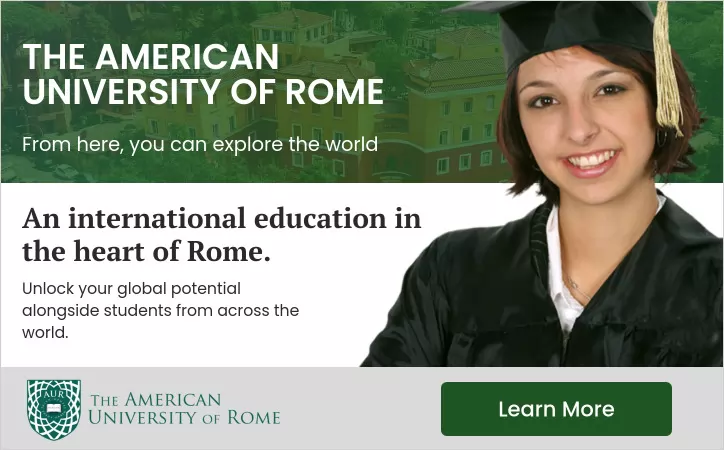Leonardo da Vinci is in the news in Italy over the 'Gioconda' painting in Rome's parliament.
Italy's newspapers on Thursday were full of a story about the "discovery" of a Mona Lisa, a replica of the world-renowned masterpiece in the Louvre, in the collection of the Italian parliament in Rome.
News about the so-called Gioconda "hidden in storage in Montecitorio" spread quickly on social media, with a headline in La Repubblica claiming "It could be Leonardo".
"This is a copy of the painting in the Louvre made by Leonardo's workshop, perhaps even with his own collaboration," chamber of deputies commissioner Francesco D’Uva told La Repubblica.
The story was reported by Il Tempo last December, and in recent days has been picked up by major news outlets in Italy, however in reality the painting has been known about for a long time.
Torlonia Gioconda
The work is referred to as the Torlonia Gioconda because in the past it was owned by the noble Roman family, and is "one of the dozen existing copies of Leonardo da Vinci's famous Mona Lisa, and not even among the best quality ones", reports art website Finestre sull'Arte.
The painting was documented in 1814 in the Torlonia inventories as a "copy of Leonardo da Vinci's Mona Lisa" (at one point attributed to the artist Bernardino Luini), before becoming part of the collection of the National Gallery of Ancient Art at Palazzo Barberini in 1892.
The work was granted to the chamber of deputies in 1927 and has been on display in Montecitorio offices ever since.
Leonardo da Vinci 500th anniversary
In 2019, on the 500th anniversary of Leonardo's death, the restored Torlonia Gioconda was the star attraction in Leonardo in Rome: Influences and Legacy, a show at the Accademia dei Lincei dedicated to the three years in which the Renaissance master lived and worked in Rome.
The exhibition's curators, Roberto Antonelli and Antonio Forcellino, proposed at the time that the painting may have copied directly from da Vinci's work in his studio.
Forcellino wrote that the glazes, the chiaroscuro effect and the "refined painting technique" suggested a possible intervention by the master himself.
However Cinzia Pasquali, who restored the painting, did not agree with Forcellino's hypothesis, which was essentially ignored by art experts.
Differing views
While considering it a work of the 16th century and the plausibility that it could be from Leonardo's workshop, Pasquali told La Repubblica in 2019: "It is a very beautiful item, but it's not Leonardo. But it can help us understand something more about him."
The restoration of the work confirmed that it dates to the first half of the 16th century (Leonardo died in 1519), reports news agency ANSA, quoting the art historian and former Rome superintendent Rossella Vodret who defined the painting in 2005 as "not of high quality."
When asked by La Repubblica, another art historian and former superintendent of Rome, Claudio Strinati, stated: "Forcellino's opinion is legitimate" and it is also plausible that it is a work from Leonardo's workshop. But as to whether it is by the hand of the master, "in my opinion it is a painting of medium quality that does not seem to denote the imprint of an excellent hand like that of Leonardo."
A more emphatic response came from art historian Fabrizio Federici who told Finestre sull'Arte that the work doesn't merit much discussion as the news has been well known for a long time, underlining his point by saying: "The painting is breathtakingly ugly... I don't even see a droplet of Leonardo."
The outspoken art critic Vittorio Sgarbi, never one to mince his words, told ANSA that the "modest" painting is "furniture stuff" with "no artistic value", before dismissing the entire story as "much ado about nothing."
Photo La Stampa
















